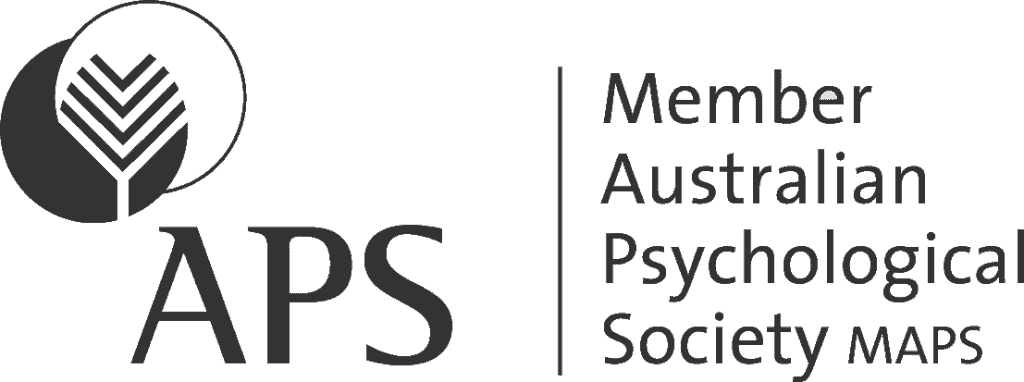
Panic attacks are a fairly common problem these days. The pressure of everyday tasks coupled with constant worrying about the future can sometimes overpower our ability to cope.
In fact, in today’s fast-paced performance-driven society, you will rarely meet a person who has never had to deal with panic attacks. Given that worldwide, roughly 260 million people suffer from anxiety disorders and another 320 million are dealing with depression, you can be quite sure that millions might be having a hard time getting a handle on their panic attacks.
Although we can’t predict panic attacks, there are ways to survive them without having to rush to the hospital and spend the rest of the day home wondering when the next one is going to hit.
What you need to remember is that even though panic attacks might not be curable, they are highly manageable. You just need to gain a better understanding of what triggers them and how you should behave during one.
What triggers panic attacks?
The underlying foundation of panic attacks is anxiety. More specifically, ‘unhealthy’ anxiety – the kind of anxiety that makes life difficult and goes way beyond manageable limits.
Since the focus of this guide is to help you manage panic attacks, let’s take a closer look at what triggers them.
Those of us who’ve had this unpleasant experience know that when you’re overwhelmed by panic, some of the first thoughts that come to mind are:
- OMG, I’m losing my mind!
- OMG, I’m going to die!
These are two of the most common thoughts (and triggers) associated with panic attacks. For your anxious mind, one panic attack is enough to convince yourself there something inherently wrong with you.
What may follow is a torrent of unexpected episodes of panic, fueled by the same irrational beliefs – I’m going crazy, and I’m going to die.
There are also people for whom being in a specific place can trigger panic. This usually happens to those who are dealing with panic disorder, social anxiety, or PTSD.
But regardless of the factors that may trigger panic attacks, the way you interpret this event will inevitably impact your ability to cope.
Why do panic attacks seem uncontrollable?
In a way, panic attacks are like summer storms. They come out of nowhere, create a seemingly-catastrophic scenery, and disappear as quickly and unexpectedly as they came.
During a panic attack, your heart starts beating fast, you’re having trouble breathing, you feel dizzy, and your mind overwhelmed by a sensation of impending doom. It’s no wonder people who’ve had this experience are terrified by the idea of dying or going crazy.
Truth be told, nobody is ever prepared to handle something as unpleasant and uncontrollable as a panic attack. There’s no way you could experience a panic attack and feel perfectly comfortable.
But what you can’t do is gain some control over your panic-fuelled thoughts and ‘wait for the storm to pass.’
Here’s what you should do when you have a panic attack:
1. Remember to breathe slowly
When a panic attack hits you, one of the first symptoms you might experience is shortness of breath. As a result, you begin to take desperate gasps of air which lead to hyperventilation and the dizziness associated with too much oxygen in your brain.
Although it may sound difficult, it’s important to regain control of your breathing and put an end to hyperventilation. That way, the dizziness will slowly vanish, and you will gain some sense of what your body and mind are going through.
In fact, you can even count your breaths to distract yourself from that unpleasant state of panic.
2. Ground yourself
Grounding is one of the most popular techniques used by people who are struggling with anxiety and panic attacks. Since one of the reasons why panic attacks seem uncontrollable is that we lose ourselves in that overwhelming torrent of catastrophic thoughts, one way to regain control over the situation is by grounding yourself.
That means when your mind is racing – as a result of panic and overwhelming anxiety – you can get back to the here-and-now by focusing on what goes on in your body and around you.
There’s even a simple exercise you can use. Just pay attention to yourself and your surroundings and notice:
- Five things you can see
- Four things you can touch
- Three things you can hear
- Two things you can smell
- One thing you can taste.
Instead of letting panic keep you stuck in your head, try to stay in touch with yourself and your surroundings.
3. You can’t die from panic attacks
As we discussed earlier, one of the widespread fears of people dealing with panic attacks is the fear of death.
Considering the intensity of the symptoms associated with a state of panic, it’s no surprise those who experienced this condition are terrified by the idea of dying. And the worst part is that during an episode of intense panic, it’s hard to convince yourself that it’s only a temporary state and things will get back to normal in no time.
Fortunately, no matter how intense anxiety and panic might feel, it’s almost impossible to die from panic attacks. The intensity of your symptoms depends mostly on the fear-inducing thoughts that go through your head during a panic attack. If you choose to think “this is the end,” your heart will start beating faster and faster thus reinforcing the belief that death is imminent.
Unless you have a severe heart condition, the chances of dying from panic attacks are close to zero. Remember this, if you ever find yourself dealing with intense fear and panic.
Reviewed by Greg Redmond, Director Counselling in Melbourne, 2018
Our blog is for general educational purposes only and should not be relied upon as a substitute for individual professional advice, diagnosis, or treatment. If you need help for an emotional or behavioural problem, please seek the assistance of a psychologist or other qualified mental health professional









